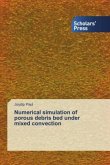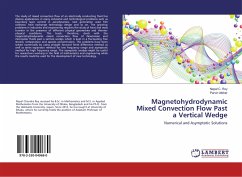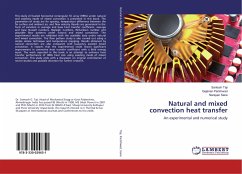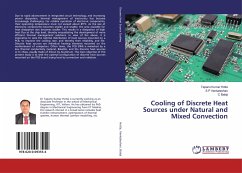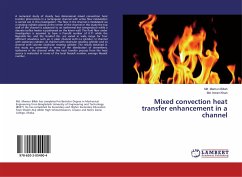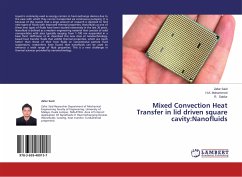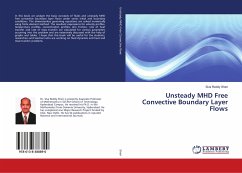The main focus of this work is the method of removing heat from the porous debris that forms during nuclear meltdown accidents. In such catastrophic events, the nuclear reactor fuel melts and reacts with water, resulting in the formation of porous debris near the bottom of the reactor vessel. If this porous debris, which contains radioactive material and decays heat, becomes too strong to withstand, it can cause the reactor vessel to melt again. The mixture of all these components is kept at the bottom of the vessel cavity, where there is a lot of water. As a result, the melting material interacts with the water and generates particle debris. To remove heat from this porous material, we must also inject coolant into it.
Hinweis: Dieser Artikel kann nur an eine deutsche Lieferadresse ausgeliefert werden.
Hinweis: Dieser Artikel kann nur an eine deutsche Lieferadresse ausgeliefert werden.


